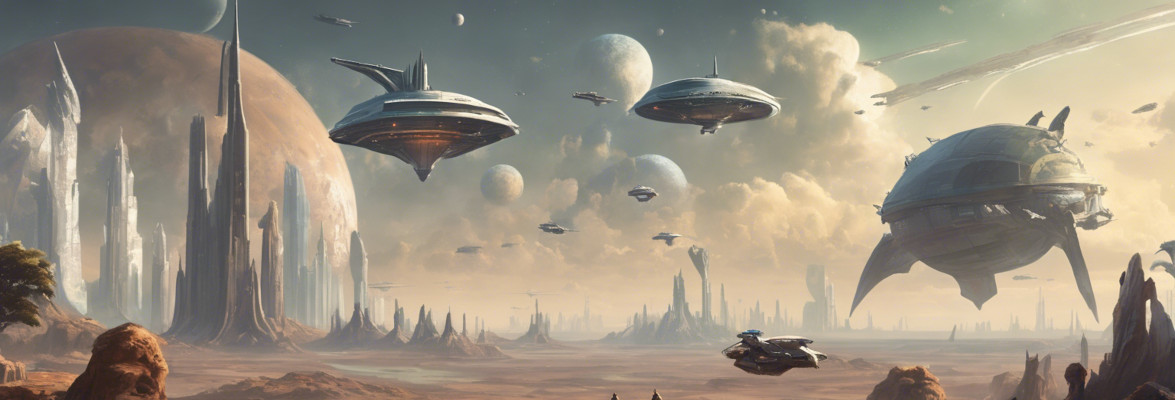
An international team of scientists has discovered a potentially habitable planet about 22 light years away from Earth, which in astronomical terms it means that it’s in our neighborhood.
The planet, called GJ 667Cc or Gliese 667C c (Image courtesy of Guillem Anglada-Escude, Carnegie Institution. Unauthorized use is not permitted), has a mass about 4,5 times the Earth so it belongs to the category of planets called super-Earths. This planet has an orbital period of about 28 days around a class M red dwarf called GJ 667C or Gliese 667C, which means that its distance from the star is less than Mercury from the Sun.
The star GJ 667C has a mass about one third the Sun and is part of a triple star system that includes two class K orange dwarf stars. GJ 667C contains elements heavier than helium, such as iron, carbon and silicon, in quantities much lower than the Sun.
[ad name=”AmazonScience”]
Because of star GJ 667C reduced mass, the light it emits is relatively faint so planet GJ 667Cc receives less light than the Earth receives from the Sun despite being so close to it. However, this light belongs mostly to infrared frequencies, therefore a greater percentage of its energy should be absorbed by the planet. In essence, GJ 667Cc might be warm enough to have liquid water, an essential prerequisite for hosting Earth-like life forms.
Actually, it’s unclear if the planet GJ 667Cc is of a rocky, ocean or gaseous type and only further research can determine its nature. The interesting fact however is that astronomers didn’t expect to find planets that orbit a star like GJ 667C, instead they already found one even closer to it and there are ongoing observations to see if there are others.
This finding means that it’s worth investigating even on red dwarfs, which are extremely common: according to recent studies they could be even 80% of the Milky Way stars.
With the new generation of astronomical instruments and new observatories it will be easier to carry out research on red dwarfs. If planet GJ 667Cc was actually a rocky one and potentially habitable it would be an extraordinary discovery, otherwise there are still tens of billions of other stars of that kind in the Milky Way only.

